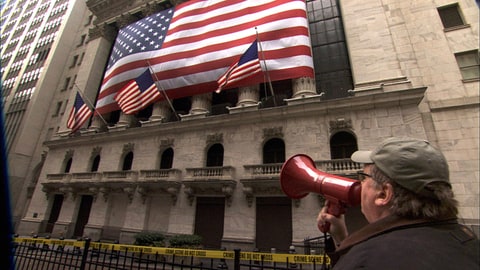A citizen’s arrest is a way for the less powerful to hold the more powerful to account. Although this “arrest” can be physical (surrounding the car of an escaping corrupt official until the police arrive to arrest him for real) or quasi-legal (some legal systems encourage citizens to help apprehend law breakers), the safest way to do this type of action is to stage a symbolic citizen’s arrest.
For instance, you might hand a DIY arrest “warrant” to a CEO whose lobbying efforts for wireless technology are tantamount to manslaughter. In Canada, Big Telecom lobbies the federal government an average of twice a day.
What kind of ethics should guide our use of citizen’s arrest? Here’s a start:
- Arrest up, not down —A citizen’s arrest is a way for the less powerful to hold the more powerful to account.
- Nonviolent — This is not a kidnapping or act of terror or intimidation, and should not have the feel of such.
- Intentional — Be clear about your motivations. Plan carefully. Stay unified. Follow the legal and cultural protocols involved — or if you choose to exceed them, do so with wisdom and deliberateness.
- Transparent — Perform the arrest in public in the light of day. Clearly state your reasons and present your evidence. Invite the public to witness and/or participate in the arrest.
- Grounded — Do your due diligence. Make sure your rationale for the “arrest” is solid and well-researched.
An Example
In Capitalism, a Love Story, political-stunt filmmaker Michael Moore performed a symbolic citizen’s arrest of everyone on Wall Street by surrounding the area in yellow crime scene tape.

